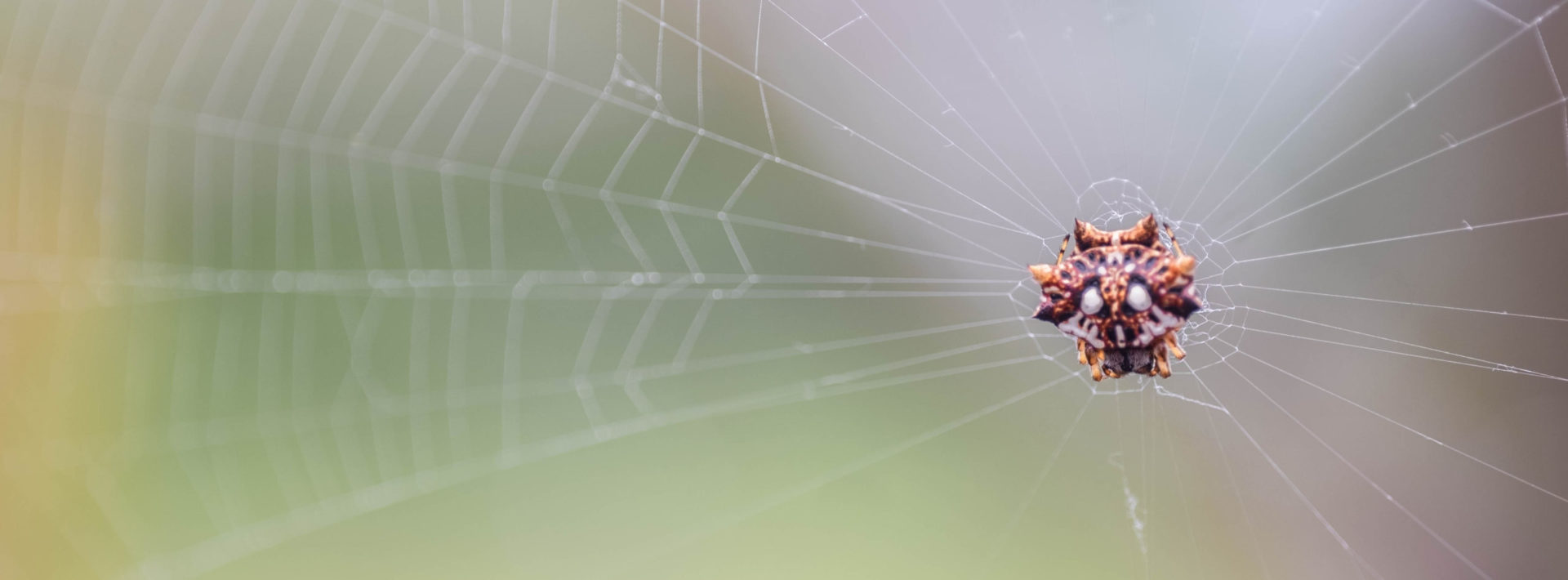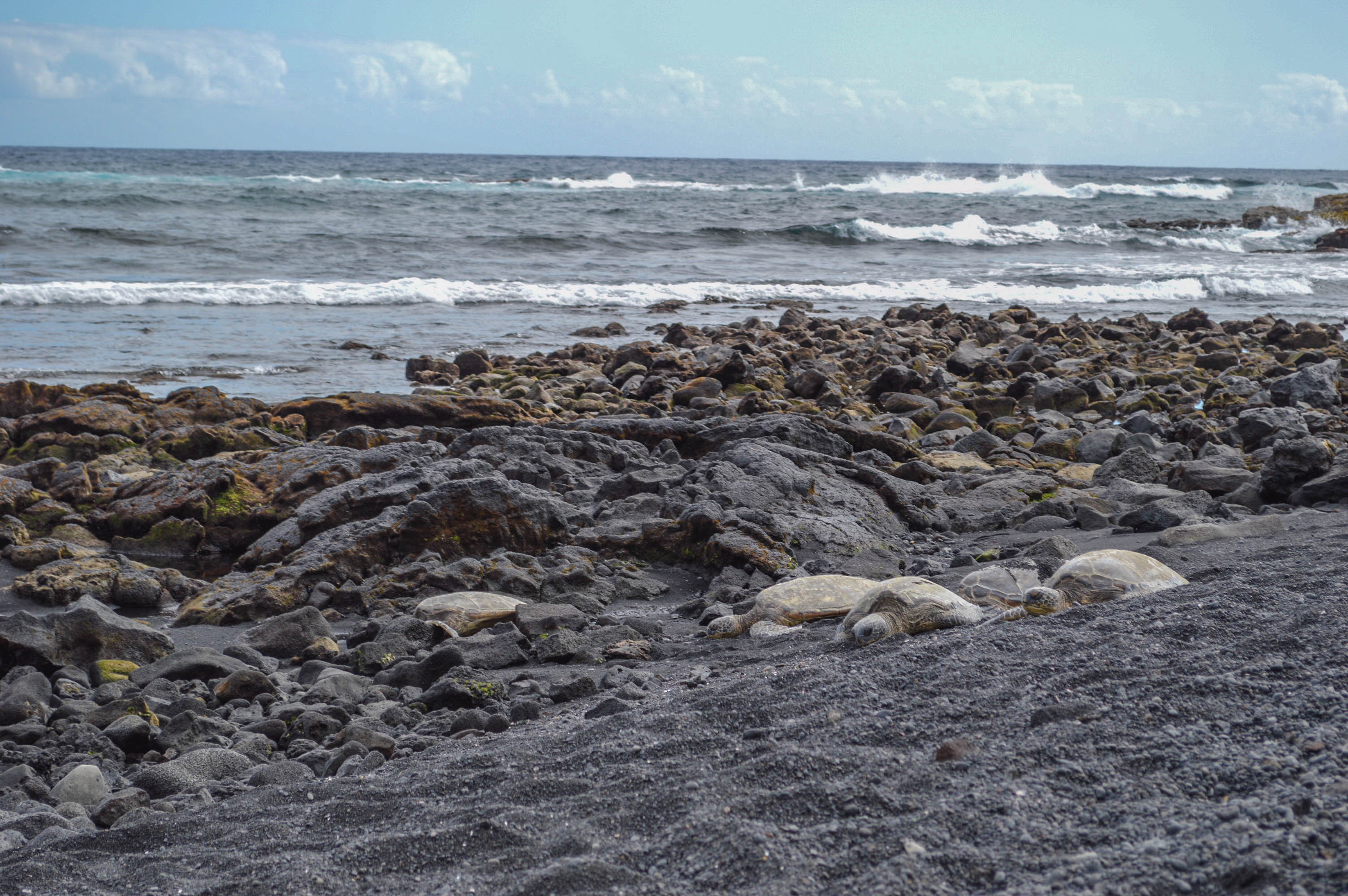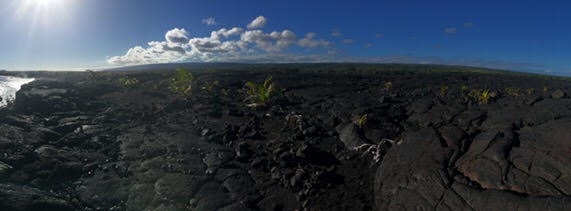TREX Off the Clock: Coffee, Beaches, and Early Morning Runs

By Rayna Higuchi ’20
TREX is an incredible opportunity to learn about the environment, climate, and how human interactions affect each, but we would be remiss if we came to Hawaii for two weeks and never ventured from the gentle shell of academia. Beyond our daily expeditions and tasks, we have time to spend as we choose, and the instructors have done an excellent job of getting us out to hit up the tourist spots. Although these fun trips are not expressly about learning, a brief internet foray can provide more than enough information to satisfy our curiosities, thereby supplementing our macroscale learning with snapshots of brief, personal, and unique ecosystems.
Coffee Plantation
The first “tourist trap” we fell into was a coffee plantation, and it was completely worth it. There was a small store open for purchase of products that had several samples of freshly brewed coffees. I’ve tried many times to accurately write how incredible it smelled but I can’t; it was simply intoxicating.
Coffee is an interesting crop, both historically and environmentally. When it was first cultivated by humans, it was done using shading techniques that closely follow agroforestry. Shaded growth uses native trees to help protect and shade the coffee plants, maintain the topsoil layer, and help fertilize the ground with their leaves. As this practice was replaced with full-sun growing, which does not use other trees, the environmental benefits of coffee began to fall. Now it is mainly grown similarly to other large-scale crops, with heavy doses of fertilizer and pesticides that damage the surrounding wildlife.
Source: https://www.huffingtonpost.com/2014/04/29/sustainable-coffee_n_5175192.html

Panorama view of the coffee plantation we visited. I am unsure if these are the actual coffee plants, or another crop that is also grown on the farm. [Photo by Rayna Higuchi ’20]
Black Sand Beaches and Sea Turtles
Monday afternoon, we took a short trip to the Punalu’u Beach. Punalu’u is known both for its special coloring and inhabitants. It is a black sand beach, formed from lava flow hitting the ocean. When the molten rock meets water, it rapidly cools. This sudden drop in temperature and consequent solidification causes the rock to shatter into tiny pieces of volcanic glass. The ocean currents slam at the beach’s shore and continue to break the fragments into smaller and smaller pieces, until you are left with a beach consisting almost entirely of volcanic glass. Walking barefoot was harshly exfoliating, and painful after a few minutes.
Even more exciting, along the shoreline we spotted no fewer than 6 green sea turtles asleep in a group. Despite their name, their shells appeared a more grayish color, almost mimicking their surroundings. If we hadn’t been paying attention, they might have just been six very large rocks.
These are an endangered species, and as such require special considerations when encountering humans. We could not approach any closer than 30 feet. Using our camera lenses as telescopes, we could observe a little closer, taking the image below.

Green Sea Turtles asleep on Punalu’u Beach. [Photo by Rayna Higuchi ’20 ]
Morning Runs
Each morning, Sierra Rosenzweig (’20, Environmental), Geneva Casalegno (’21, Environmental) and I have gone for a short sunrise run. We begin at 7:00 AM, the listed time for dawn on the weather forecast, and run for a half hour. Lining the path are tall, thin trees that stretch up to block the sky, so we have yet to witness the sun breaching the horizon. After a few minutes, however, it will break over the trees (provided it’s not too cloudy) to give us a brilliant pseudo-sunrise that we like to stop and look at.

Sunrise from the top of a nearby hill. [Photo by Rayna Higuchi ’20]
Share on Bluesky


